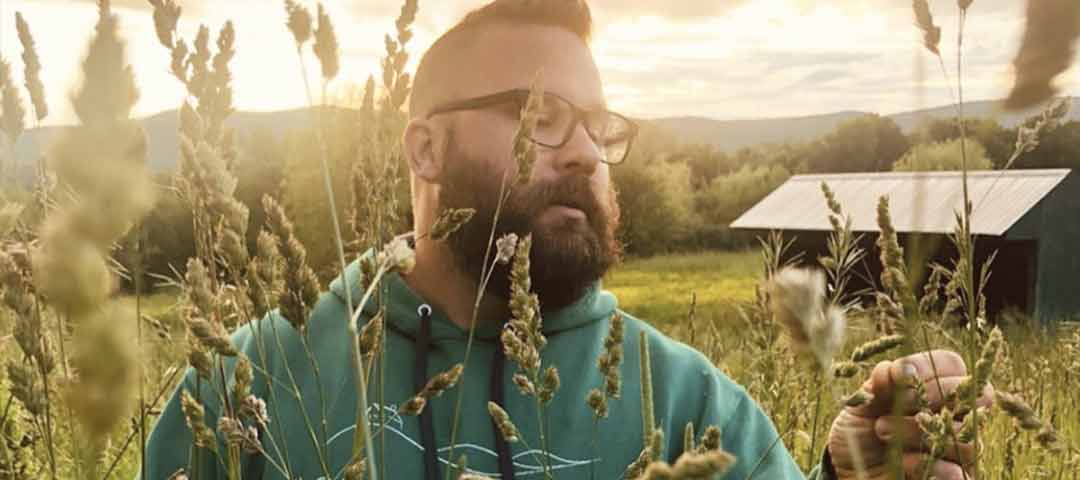It began as a small conventional dairy farm and was run that way until 1963.
In the ‘70s, Cally’s aunt, Edie, transitioned the farm business into horse boarding and hay production—using the conventional methods that were popular in the area: tillage, monocropping, chemical fertilizers, pesticides, and herbicides.
They were terrified of the possible connection between the chemical usage on the farm and Edie’s s cancer.
Their first decision was to stop chemical use on the farm.
Jesse and Cally had to find another way, and looked to other farmers and farming organizations, and began to research options to restore the farm. “We called all the farmers we knew and asked, ‘How do we manage 100 acres of hayfield without chemicals?’” Jesse recalls.
Late one night, Jesse was up late with his baby boy, rocking him, and letting TED Talks play on loop when he stumbled across Allan Savory’s TED Talk. Everything clicked. The desertification and the collapse of the soil ecosystem which Savory describes in the Talk was exactly what was happening on their farm.
This was the “a-ha” moment they needed, and they decided to bring livestock onto the farm—starting with 50 chickensin “Joel Salatin style” coops, moving them every 12 hours.
The grass rebounded far beyond what the chemicals had supported and life began to come back to the farm.
The next year, 2014, Jesse and Cally’s Studio Hill Farm was home to 300 chickens, 40 turkeys, and 50 sheep. The combination of poultry and sheep, holistic management, allowed the regeneration of 20 acres of hayfields in just one year.
Before the experiment—just after the chemicals stopped—hay production had been down 80 percent on the fields without animals. But in fields where animals grazed with holistic management, they saw five full growths of tall, lush grass, and those fields came roaring back in the spring.
“Once the soil microbiology came back, everything else did too… the worms, then the birds, then the foxes, then the wild turkeys, then the deer, the coyotes and life started to flock back to our 270-acre farm. It brought tears to my eyes. It still does.”
Jesse and Cally now have a strong desire to educate and support farmers—no matter how they farm. . When we asked what they say to conventional farmers that may unable to financially take the risk of transitioning their land—or believe transition is impossible— Jesse invites them out to the farm. No fight. No judgement. Just come out and see.



As for the future, their dream is to build twenty rural food hubs to aggregate certified regenerative food from local farms and six urban hubs in bigger markets—all connected with an electric truck network—to allow for regenerative produce and products to go directly to consumers and restaurants in the cities.
“We want to bring money back into the rural communities while regenerating ecosystems.”
So, if you want to see the transformation happening at Studio Hill Farm, do as Jesse says and get out there to see it for yourself. You can even stay on their farm at their Airbnb cottage! Also, you can follow their journey on social media.



